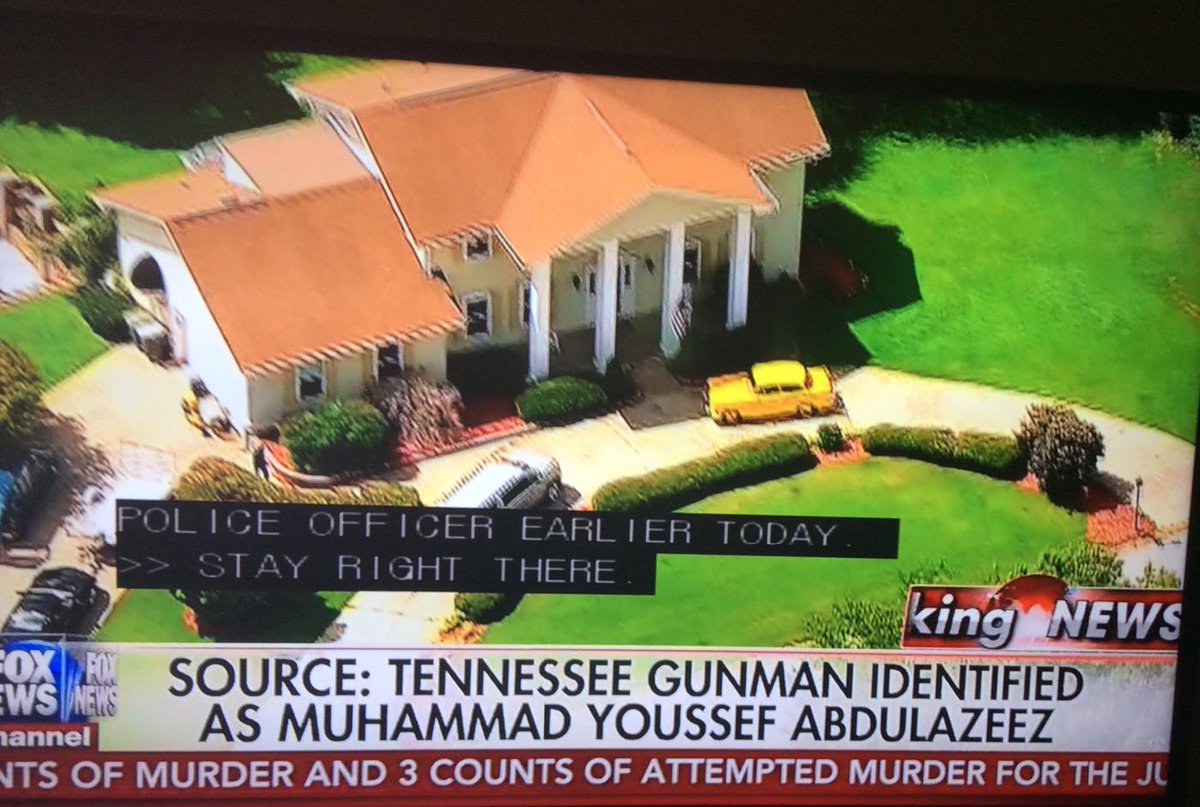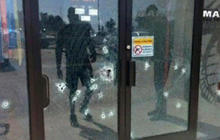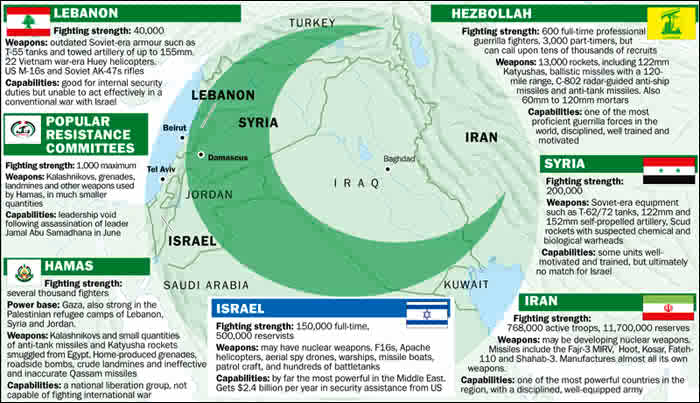How can anyone at the Veteran’s Administration defend what is published below? How can Barack Obama defend VA Secretary McDonald? Why is there no FBI investigation called for by AG Loretta Lynch?
This is no higher condition of dishonor or disrespect at what the White House is tolerating and accepting than to behave with full and willing ignorance of the conditions at the Veterans Administration.
The House Sub-Committee on Veterans Affairs is working diligently but a single government union is stopping House action.

Just yesterday, the House Committee on Veterans Affairs cleared in committee H. R. 1994 that would terminate or demote any VA employee for bad performance, malfeasance or misconduct. Incredibly, the VA Secretary refuses to endorse the bill. FreeBeacon has full details noted here.
Symptom of the broken agency
From the Military Times:
The Veterans Affairs Department’s system for verifying whether a veteran is alive or dead contributes to costly or embarrassing errors, including compensation being paid to veterans who have passed away and records indicating they had visited doctors after they died, according to an internal VA report.
The report, a review of the VA’s death eligibility system, found that the department’s medical records system lists as active patients 2.7 million veterans who are, in fact, dead.
But the VA can’t expunge them from their rolls because the death notices came from sources such as the Social Security Administration, Medicare, the Defense Department and other government entities that the VA does not accept as proof of death.

The VA accepts only actual death certificates, a record of a death at a VA facility or a notification from the National Cemetery Administration as sufficient verification to remove a veteran from the system, according to department officials.
This method of record-keeping creates confusion over who is receiving care and benefits, and has prompted charges that nearly 30 percent of the 847,882 veterans waiting to hear whether they are eligible for VA health care died before they ever received word of a decision, as was reported Monday in the Huffington Post.
Whistleblower and VA employee Scott Davis told Military Times on Tuesday that the VA is failing its veterans by not keeping decent records and not following up to ensure that veterans are still in need of care.
“Every year, thousands of veterans lose their eligibility for VA health care due to the agency’s inactions and some are dying while they wait,” he said.
Another problem with the poor record keeping: dead patients making and keeping doctor’s appointments, receiving checks and filling prescriptions.
According to the internal VA report published April 1 by the department’s Date of Death Workgroup, the records of 10 percent of veterans in the VA system indicated “activity” — they received compensation payments, visited a doctor, made an appointment or had a prescription filled — after their actual date of death.
The discrepancy is likely the result of a gap between the actual date of death, as determined by a source outside VA such as Social Security, and the date when the department receives notice through one of its accepted official channels.
In one case, however, such a miscommunication allowed 76 prescriptions to be filled at one pharmacy for controlled substances such as oxycodone, hydromorphone and Valium.
And, according to the report, some prescriptions have been filled years after the date of death — “on average, almost 12 years after the date of death.”
In addition to reviewing “activity” by patients after their deaths, the internal working group analyzed the list of pending applications to enroll in the VA health care system dating to 1996.
According to VA, 847,882 veterans are on that list because they must furnish either additional proof that they served or verify that their income meets the required threshold for care.

But the list is actually much shorter, according to outside government sources. The report found that 2.3 million veterans with applications for VA enrollment actually are deceased.
A VA spokeswoman said the report points to the need for the VA to improve its methodology for verifying deaths.
“The reason for this report was to figure out the lay of the land and be able to ask these questions” about how to improve record-keeping,” the spokeswoman said.
The working group recommended that VA develop an algorithm to identify individuals whose dates of death could be updated from other sources.
Veterans Claims go Through the Shredder
A pair of California lawmakers want to know why paperwork required to finalize veterans’ disability claims ended up in a Los Angeles shredding bin.
The latest embarrassing episode for the Veterans Affairs Department comes alongside questions surrounding 240,000 deceased veterans on agency medical waiting lists and worries from senators that physician credentialing problems in Arizona may stop cancer treatments for veterans there.
Staffers for Rep. Julia Brownley, D-Calif., said officials from the VA’s Inspector General’s Office confirmed they found key pieces of paperwork from veterans’ claims files “inappropriately placed in shred bins” at the department’s Los Angeles Regional Office.
VA officials said only 10 files were misplaced in the bins, and the items would have been subject to additional review before being destroyed. They downplayed the problem as a one-time mistake from a small number of workers, not “malicious intent.”
Full details of the findings won’t be released for several more weeks, and the exact number of cases affected has not yet been released by the VA Inspector General’s Office.
But Brownley and Rep. Raul Ruiz, D-Calif., have called for hearings and an immediate review of how the regional office handles documents.
“Such misconduct could have a devastating impact on the affected veterans and their families, resulting in the loss of critical information and adversely affecting the adjudication of veteran claims,” the two lawmakers wrote in a letter to VA Secretary Bob McDonald. “Simply put, this is unacceptable.”
Seven years ago, after similar allegations of improper document shredding hit the department, the Inspector General recommended a host of new controls to ensure critical paperwork was not being lost in the system.
Brownley and Ruiz questioned whether those suggestions have been properly implemented and whether new rules are needed.
VA officials insist these particular problems were corrected back in the spring, and added that all relevant personnel in the regional office have been retrained.
Loss of paperwork has long been a problem in the VA claims and medical processes, with veterans advocates recommending that individuals keep multiple copies of all critical paperwork because of commonplace loss within agency offices.
VA leaders in recent years have placed extra emphasis on digitizing those records, in part to prevent that kind of loss.
The lawmakers did not say how many veterans may have been affected by the latest problem. The regional office handles claims for more than 700,000 veterans in California.
The VA Inspector General also is expected to issue a second report in August discussing leadership and training problems at the Los Angeles office.
VA officials in recent weeks have touted a dramatic drop in the disability claims backlog since it peaked at more than 600,000 cases in March 2013. As of this week, the total stands at less than 125,000 cases.
But outside critics have questioned whether that decline is the result of better processing or careless handling of pending requests.
House Veterans Affairs Committee officials said this week that they are looking into hearings on the issue of veterans who died while waiting for determinations on whether they were eligible for VA health care, and the timeliness of department record-keeping. VA officials have said they cannot delete the names from their lists, even though some are decades old, due to existing regulations.
On Wednesday, Sen. John McCain, R-Ariz., also asked Congress and the VA to look into the cancer credentialing problem, saying at least 20 patients may have their care halted this month because of recent rule changes.











